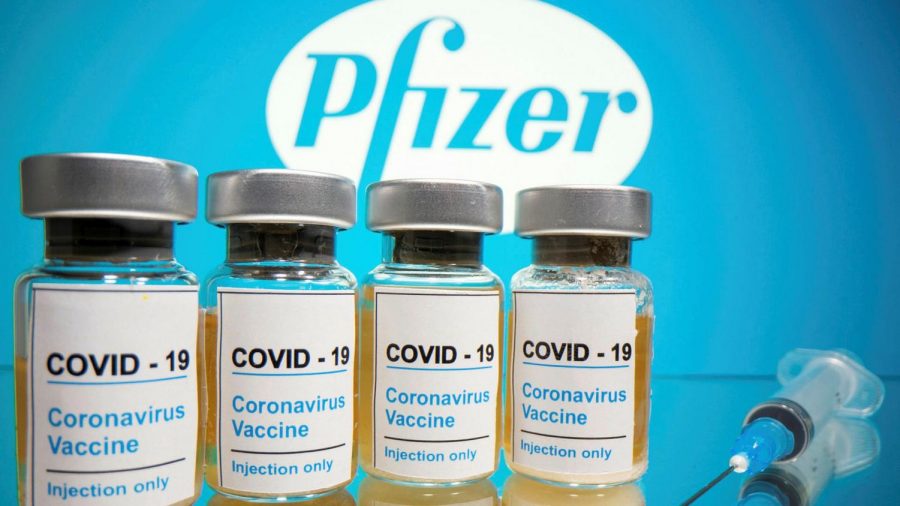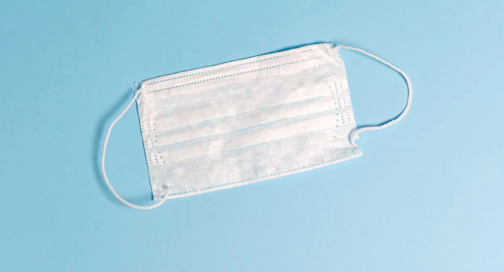NEW YEAR BRINGS CORONAVIRUS RELIEF
The Mad Scientist:
The Mad Scientist explores an issue in the crucial realm of science, doing its part to reverse a troubling trend: Despite holding the key to curing pandemics and squashing existential threats, science has been taking a beating.
As this year’s end rapidly approaches, so does the first anniversary of the first officially reported cases of COVID-19, in Wuhan, China. Less than a month later, the United States also confirmed its first case of the virus. After months of quarantining and social distancing, there seems to finally be a light at the end of the tunnel: several COVID vaccines have almost completed test trials.
Whereas normal vaccines take up to four years to develop and manufacture, coronavirus vaccines have been given priority. Special attention and research have led to the accelerated development of the virus. However, even with an approved coronavirus vaccine just over the horizon, an incredibly large number of Americans are reluctant to receive the vaccine.
A PEW Research Center survey reported the percentage of adults willing to take the vaccine has dropped from 72 percent in May to just 51 percent. This drop is tied to concerns about the fast-paced development but primarily about potential side effects of the vaccine. The cost of the vaccine is also a factor. There are also anti-vaxxers that do not believe they need to take the vaccine.
Over the past few decades, there has been a growing movement by anti-vaxxers against vaccinations. Beliefs based on claims from two Wakefield studies on the Measles, Mumps, and Rubella (MMR) vaccine which state vaccines are extremely harmful and may cause mental deficiencies like autism. Many institutions such as the Children’s Hospital of Philadelphia, easily debunk anti-vaxxer claims. The Center for Disease Control (CDC) also reports no link between vaccines and mental deficiencies.
Before a vaccine is widely distributed and used, it must go through preclinical testing on cells and animals before being put through three testing phases. The first phase, safety trials, is done on a small number of willing individuals. The second phase expands to hundreds of people, where the effects on variables such as age are tested and observed. The final phase is tested on thousands of people to determine efficacy. Some volunteers are only given a placebo so that researchers can determine if the vaccine is effective in protecting people from infection. Some countries may authorize the emergency usage of some vaccines without fully completing phase three. The New York Times reports that 14 vaccines are in the third stage of testing and seven are approved for highly selective use.
Of all the institutions developing a vaccine, only two partnerships have reported a high efficacy rating. New York-based, Pfizer, and Germany-based, BioNTech combined their efforts in March to speed up the process. Volunteers for their trials are from multiple countries. According to the New York Times, in November they over 90 percent efficacy rating with little to no variation among different age groups or those with conditions like diabetes. Earlier this month, the United Kingdom approved of limited usage of their vaccine, the first Western country to do so. Recently, the Pfizer vaccine has also been approved by the Food and Drug Administration (FDA).
Moderna and the National Institutes of Health also announced over a 90 percent efficacy rating for their vaccine. They began development in January and their efforts have been backed by the United States Government, with a near one billion dollar grant for research and testing. They have applied for emergency approval to the FDA, which would allow them to begin distributions and injections before the end of December.
Earlier this month, President-elect Joe Biden gave a speech on the state of the economy. Fox News reported Biden stating the Trump Administration has shared with him and his team the current plan to distribute vaccines but that there is no explicit plan beyond the dispensation. Biden also declared that he agreed with the plan to vaccinate first responders and nursing home workers. According to the Associated Press, the advising panel for the CDC is considering making essential workers, the elderly, and people with select conditions a high priority. As for the actual plan to deliver the vaccines, look no further than Operation Warp Speed.
The United States Department of Health and Human Services (HHS) describes Operation Warp Speed as a method for ensuring the distribution of over 300 million vaccines by January in addition to providing funding and support for the development of the most promising vaccines. To speed the development process, the federal government has initiated multiple steps concurrently. Now, vaccines are being made at the industrial level before results for the third stage of testing have been completed.
For the vaccines’ distribution, the HHS has been working with the Department of Defense to secure quick and efficient methods for manufacturing them. In September, they released detailed documents of the Trump Administration’s delivery method. The plan contains four key parts: continuing to relay public health information to boost vaccine confidence, delivering vaccines using a transparent and phased distribution method, keeping the whole process safe and supplies available, and continuing to keep track of data from the vaccination program.
Even with multiple promising vaccines on the way, it is still difficult to predict how far into the new year the pandemic will continue to last. However, with the world’s greatest minds focused on defeating the pandemic, there is hope the virus is nearing its end. If current tests continue to yield positive results and vaccines are distributed in late December, the nation can begin to see sights of life prior to the pandemic.





